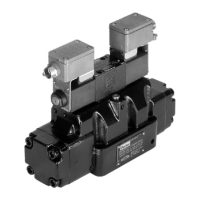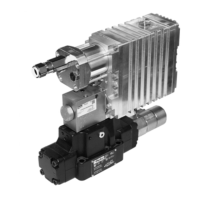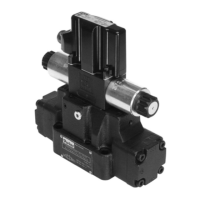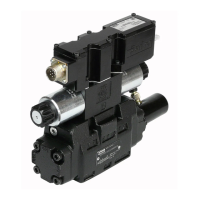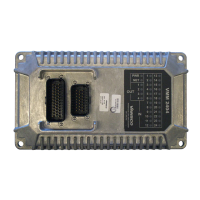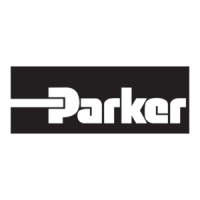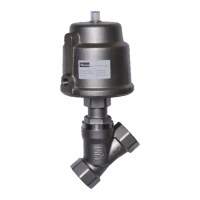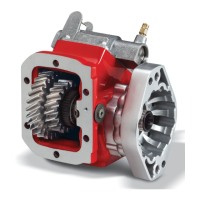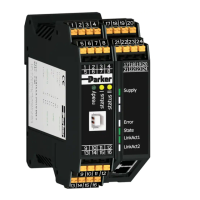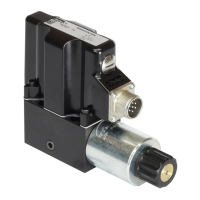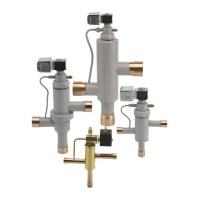MSG11-5715-662 DCV UK.indd 21.07.22
Directly operated and pilot operated directional control valves
Series D1VW / D1DW / D3W / D3DW / D31DW / D41VW / D81VW / D91VW
10
Translation from German
Parker Hannin Corporation
Before commissioning, the specialist
personnel must verify that the entire
hydraulic system has been installed
correctly. Commissioning must be car-
ried out with care, taking account of all
safety regulations.
If necessary, erect warning signs to prevent unin-
tended operation.
Note also the information in sections 1. "Warranty
and liability", 2. "Use of operating instructions", 2.
"Compliance with other rules and instructions", 2.
"Personnel requirements" and 3. "Remaining risk".
Installation instructions DCV
Before installation, check the outer O-rings
to ensure they are intact and complete. Dam-
aged parts of O-rings may impair the function
of the valve and must not be installed. Lifting
and installation equipment should be used as
necessary for installation.
After placing the valve on the mating surface,
tighten all bolts diagonally and evenly in sev-
eral passes, to the torque specied by the
manufacturer. The rst time the valve is pres-
surised, check the sealing surface for leaks.
Electrical connections
Before commissioning,
• all electrical connections must be made profes-
sionally, using suitable ducting;
• parts of the machine and individually installed
components must be adequately earthed;
• all limit switches and control elements must
be properly integrated with the control system.
Hydraulic requirements for pilot operated di-
rectional control valves
To guarantee that the main piston operates reliably
at all times, the minimum pilot pressure must be
provided. To achieve this, a suitable combination
of ow and return arrangements must be selected
for the pilot oil.
With piston 030 there is a brief connection
from P to T in the transitional position. An
external pilot oil supply or an integrated
precharge valve must be used in order to
guarantee reliable valve operation even
at low ows.
9. Operation
If any of the safety features of the product
are not operational, the system/machine
must be shut down immediately.
Do not carry out any activities that might
jeopardise safety.
Note also the information in sections 1. "Warranty
and liability", 2. "Use of operating instructions", 2.
"Compliance with other rules and instructions", 2.
"Personnel requirements" and 3. "Remaining risk".
10. Troubleshooting
A systematic approach must always be used in the
troubleshooting process. Begin by answering the
following questions:
• Does anyone have practical experience of
similar faults?
• Have any of the settings been changed in the
system/machine?
• Was the system/machine in perfect working
order before the fault occurred?
The following list contains the problems that are
possible in our view:
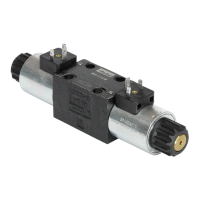
